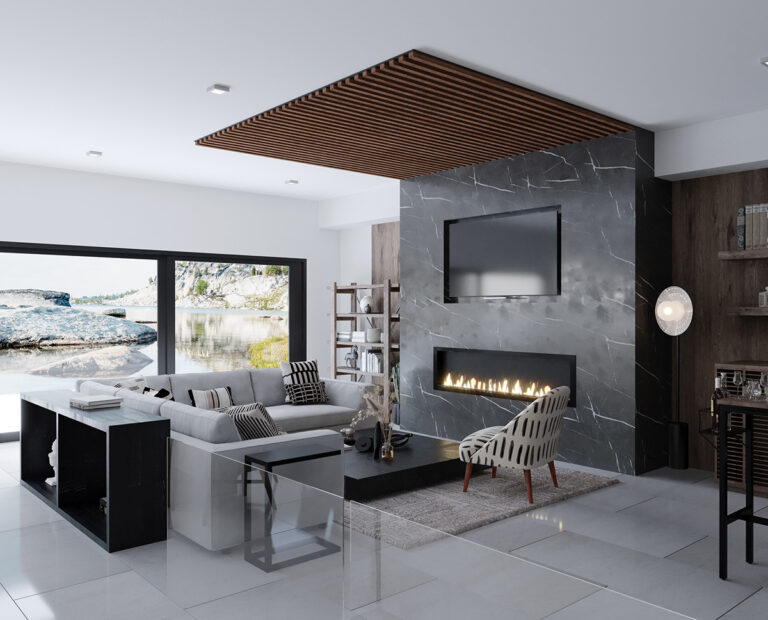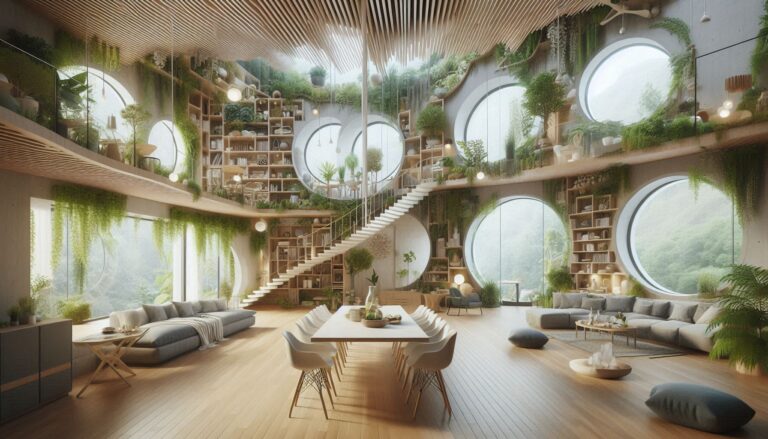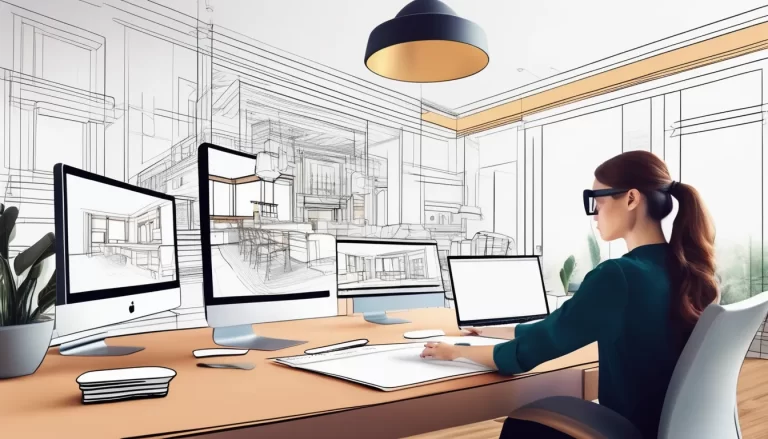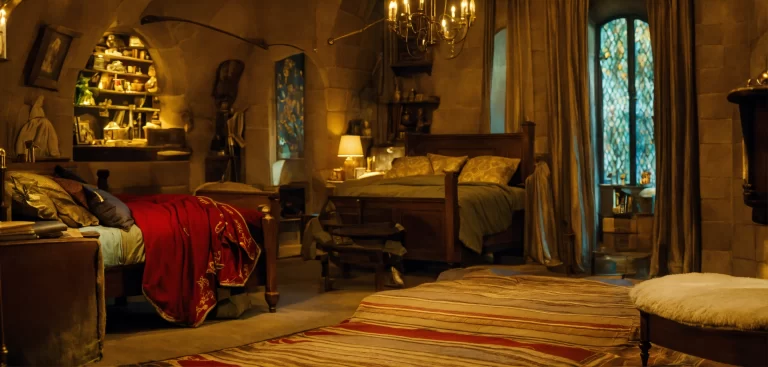How Smart Technology is Transforming Interior Spaces: Innovations in Design

Smart technology has become an integral part of modern living, revolutionizing the way interior spaces are designed and experienced. Here’s how smart technology is transforming the world of interior design:
1. Automated Lighting and Temperature Control
One of the most significant ways smart technology is transforming interiors is through automated lighting and temperature control. Homeowners can use smart thermostats like Nest or Ecobee to control room temperature based on occupancy or preferences. Smart lighting systems, such as Philips Hue, allow users to adjust light brightness, color, and timing, enhancing both functionality and ambiance.
2. Voice-Activated Smart Devices
Voice-activated assistants like Amazon Alexa, Google Assistant, and Apple Siri are becoming central to the smart home ecosystem. Designers are incorporating smart speakers, thermostats, and lighting systems into their designs, enabling users to control their home environment with simple voice commands. These devices not only add convenience but also improve accessibility for those with mobility or vision impairments.
3. Integrated Entertainment Systems
Smart technology is transforming the entertainment experience in interior design. Home theaters and living rooms are now equipped with seamless sound systems, smart TVs, and even projectors that blend effortlessly with the design of the room. Devices like Sonos and Bang & Olufsen are offering high-end audio solutions that integrate into the décor, creating an immersive and aesthetically pleasing entertainment environment.
4. Security and Surveillance Systems
Smart security systems, including cameras, doorbell cameras & sensors, are becoming standard in modern homes and commercial spaces. These systems, such as Ring or Nest Secure, provide real-time alerts and remote monitoring via smartphone apps. Designers are focusing on creating discreet, integrated security solutions that don’t disrupt the aesthetics of the space.
5. Smart Kitchens and Appliances
The kitchen is another area where smart technology is making a big impact. Smart refrigerators can track food inventory, suggest recipes, and even order groceries. Smart ovens can be preheated remotely, and dishwashers can be programmed to run at specific times for energy efficiency. Designers are working to create sleek, integrated spaces where these appliances seamlessly blend into the kitchen’s design.
6. Smart Furniture
Innovative smart furniture pieces are transforming interior design. From adjustable desks & ergonomic chairs to furniture with built-in charging stations, smart furniture is making homes and offices more functional. Brands like IKEA are introducing connected furniture that can charge devices, adjust to different heights, and even change shape to fit different needs.
Conclusion
Smart technology is reshaping interior design, enhancing both functionality and convenience. By integrating smart devices, furniture, and systems into their designs, interior designers can create spaces that are not only aesthetically pleasing but also highly efficient and user-friendly.






